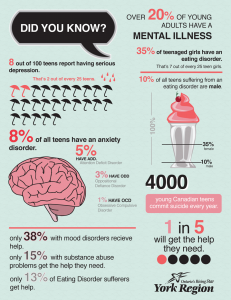Teaching is a profession that typically attracts people who are caring, nurturing, creative, and curious. Skilled at thinking on their feet, teachers are also an adaptable bunch. And good thing, too, because the changes that pop up in a teacher’s life are numerous and often unpredictable.
Here are a few examples of abrupt and significant situations you may have encountered where your adaptation skills have come into play; you think you know what you will be teaching in September, and then – a new grade level, a new classroom, perhaps even a new assignment are all handed to you; or you get your assignment and begin the school year with 24 students then, three weeks later, due to an enrolment increase or decrease, half of your students are switched up for a different set; or you prepare an outdoor fieldtrip and you have to cancel at the last minute because of inclement weather; or, your plans for a lesson get sidelined because someone in your class throws up, or trips walking around some desks and gets a nose bleed, or refuses to cooperate; or you find that no one is listening to you, or there is a lockdown practice or fire drill, or you forgot to make enough photo copies….
All of these examples come with varying degrees of stress. Regardless of how well-developed one’s adaptation skills may be, the topsy-turvy nature of our day-to-day job makes it exciting and, at the same time, sometimes very difficult. What is critical during any upheaval is to maintain professionalism as this can give you time to calmly reflect on the situation and help you decide how to proceed, thereby avoiding a hasty reaction with potential to say or do something inappropriate. In the heat of the moment, it may sound like an oversimplification, but remember to breathe. Of course, teaching is not the only profession where one has to react to change minute to minute, but it is definitely a valuable skill for teachers. Should you be looking to change schools or assignments, emphasizing traits such as adaptability and being able to work under pressure would be good points to include on a resume. Similarly, before a job interview, it may help to be prepared with an example that highlights your ability to think on your feet, switch gears and carry on.
As we head into June, a time in the school year with plenty of upheaval, it may seem difficult to summon up the energy to keep things in perspective. You’ve been adapting and thinking on your feet all year. But hold on to those amazing adaptation skills to help see you through to the end. There is always something new around the corner and it’s a good idea to be ready for whatever comes your way.










